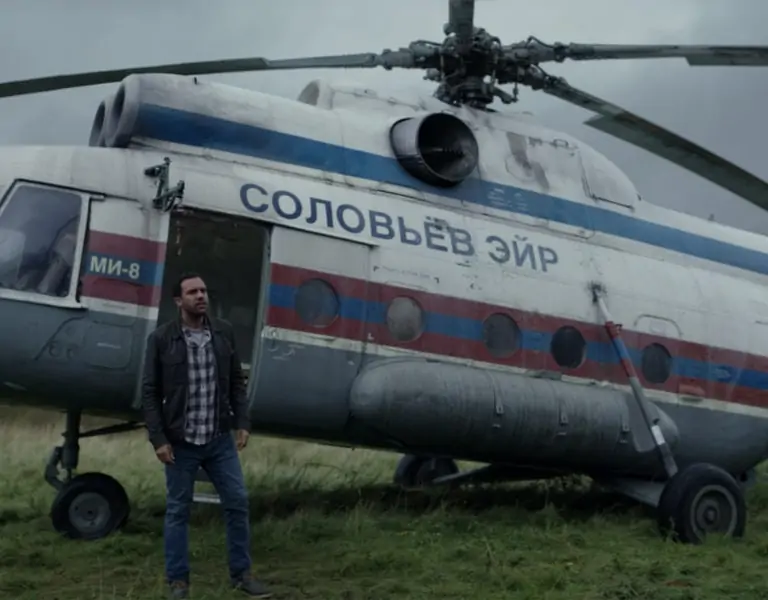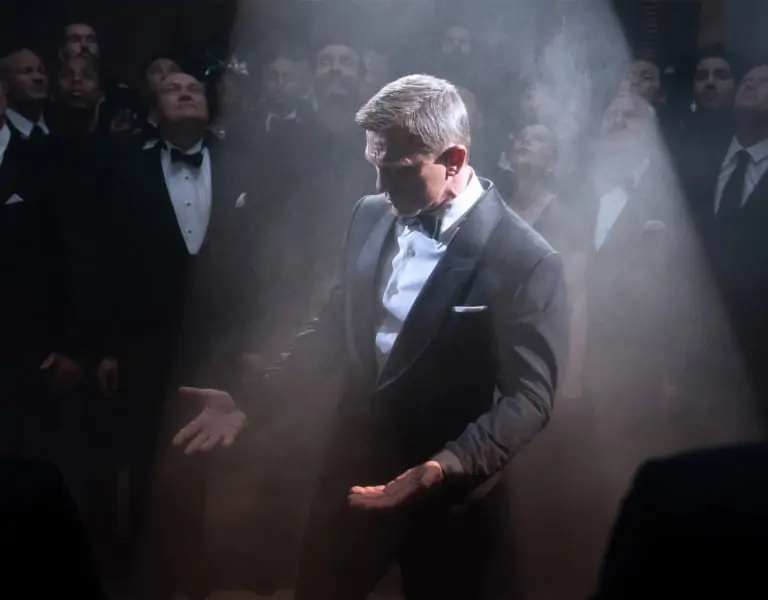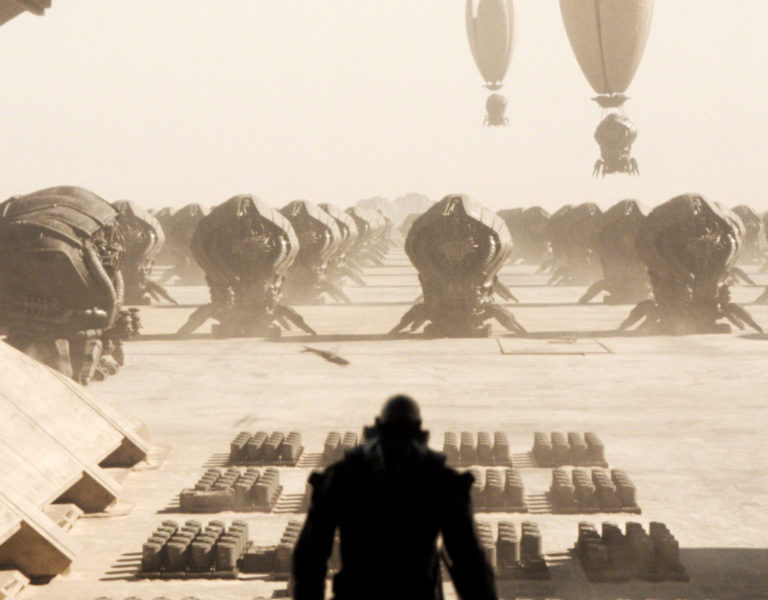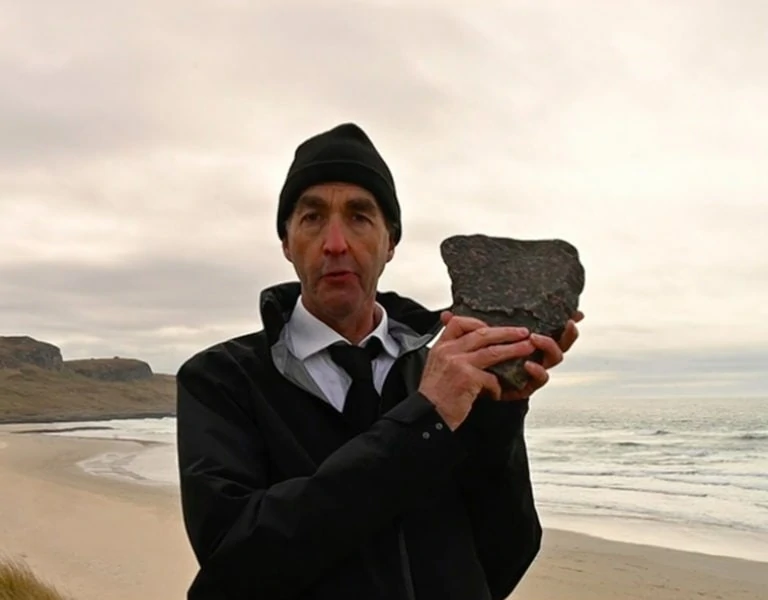Behind the scenes of The Witcher visual effects
Jul 4, 2022

The second season of The Witcher proved to be one of Netflix’s biggest hits. It ranks among its most popular English-language series with 484 Million hours viewed in its first 28 days.
Moreover, the saga also claimed two prizes at this year’s BAFTA Awards. Michał Niewiara and Mateusz Tokarz from the Platige studio reveal the secrets of their work on The Witcher’s visual effects.
The creators from Poland were heavily involved in the creation of the VFX for every episode of the second series of the saga. Fans of The Witcher are sure to recognise the unique openings that subtly allude to the main theme of each episode. They were designed by Michał Niewiara, director & art director at Platige. However, that wasn’t the studio’s only contribution to the epic fantasy saga.
Platige was also responsible for making The Witcher’s magic effects look as realistic as possible. Developing these effects involved taking references from nature, including fire, water, tornados, atmospheric discharges, or mirages created by hot air bending light above the road. A good example of this approach is one of the Witcher’s magic portals – a blend of liquid surfaces and spiral clouds often seen in satellite imagery. The VFX works began in the pre-production phase, although most of the work couldn’t be done before the final completion of the live-action shoot.
“We didn’t want to imitate the game; we wanted the effects to have a cinematic quality. What fits well with gaming aesthetics doesn’t always look good on a TV screen. When it comes to inspiration, the descriptions in the books were definitely the main source. Our discussions with the showrunner and the Netflix production supervisor were also crucial. From the very start, both we and the production side wanted to create visual effects inspired by physical phenomena – lightning discharges, clouds, the appearance of galaxies, etc.” says Mateusz Tokarz (Lead VFX Supervisor) from Platige. Each of these elements had to be consistent with the book and, in a sense, reflect the author’s intention for the saga.
Michał Niewiara was consulting on lore and helping to ensure that the scripts were consistent with the source material. Apart from Michał and Mateusz Tokarz, however, there is also an entire team of specialists responsible for particular stages of the production involved in the project. The results of Platige’s work can be admired in a number of stand-out sequences in the second season – such as the fire effects in Episode 6, and the disintegration scene from Episode 8. In addition, Platige Image is proud to have created numerous fight scenes for the second season.
Particularly noteworthy is the final episode, in which all the characters disintegrate in Ciri’s vision. All the characters appearing on the screen were recreated in 3D and then assembled, following the footage recorded by the cameras. Equally challenging were all the fire effects which accumulated in Rience’s fights in Episode 6.
“The Witcher’s magic effects are a hallmark of the Platige studio. The visuals are dominated by sequences based on fire animations. Other VFX that we created include the changes in the appearance of the Witcher after taking the magic potions,” adds Krzysztof Krok, VFX producer at Platige.
At peak times, the crew worked in parallel on multiple takes, sending them to production for feedback every day. In total, Platige prepared about 170 visual effects shots for the second season of The Witcher, which is available for streaming on Netflix.



















